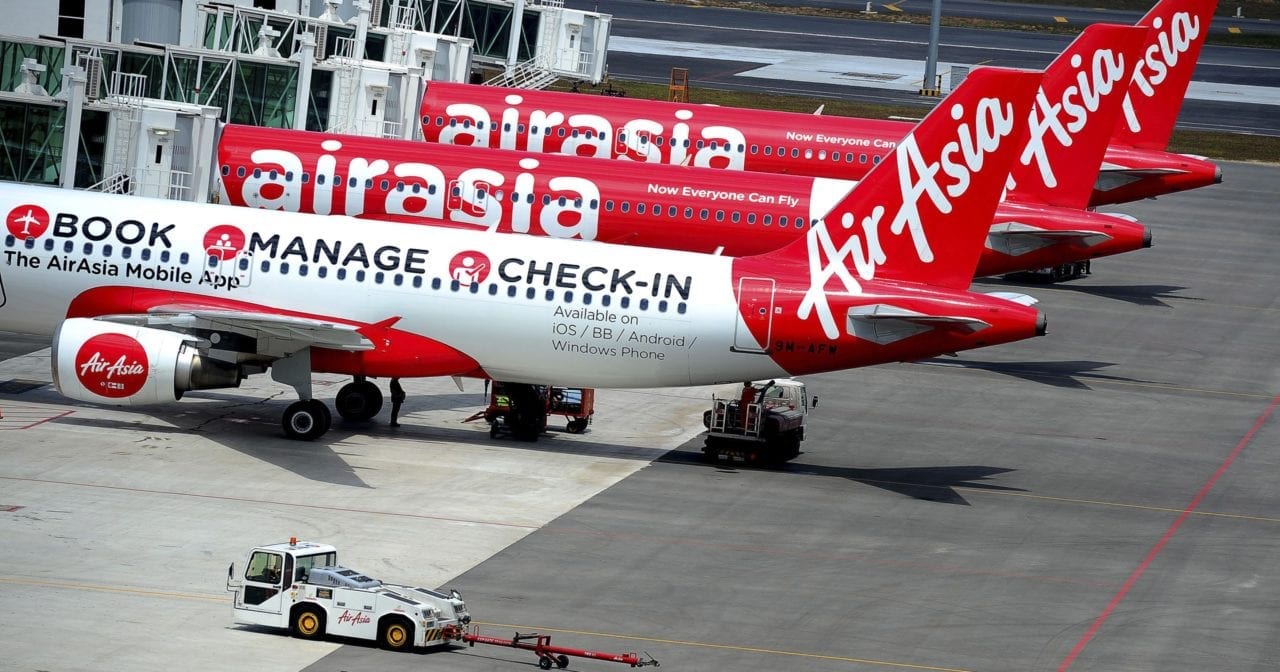

AirAsia Group Bhd recorded a load factor of 87 per cent for the first quarter ended March 31, 2018 (Q1 2018), down two percentage points from the same period last year.
In a statement on its operating statistics released on Friday, the budget carrier said its seat capacity rose 19 per cent year-on-year (y-o-y) during the quarter under review.
“The number of passengers carried increased 16 per cent y-o-y to 10.65 million, in line with the added capacity,” it said.
AirAsia said in Q1 2018, the group’s total fleet size grew to 123 aircraft, comprising 87 in Malaysia, 15 in Indonesia (PT AirAsia Indonesia Tbk) and 21 in the Philippines (Philippines AirAsia Inc).
“Malaysia increased frequencies on 13 routes, namely seven from Kuala Lumpur, five from Kota Kinabalu and one from Johor Bahru,” it said. Indonesia commenced operations of three new routes: two from Medan and one from Padang, while the Philippines commenced operations of four new routes, all originating from the Clark International Airport since establishing the airport as a hub.
The company also reported that Thai AirAsia posted a load factor of 91 per cent in Q1 2018, improving two percentage points from the same quarter in 2017.
As for AirAsia India, the budget airline said its load factor was down by six percentage points y-o-y to 83 per cent for the first three months of the year, while AirAsia Japan achieved a load factor of 79 per cent in Q1 2018, up 15 percentage points quarter-on-quarter.